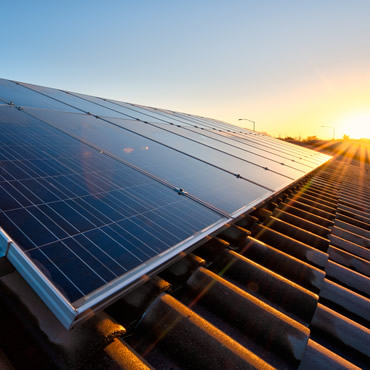Do You Need Energy Storage?

Energy storage has been around for many years, and there are many applications. It can help decarbonize grids in EMDE countries, and it can address the intermittency of solar and wind power. In addition to decarbonizing the grid, it can help with demand charges, and it is used in many microgrids.
Energy storage can help decarbonize grids in EMDE countries
Despite a global increase in the use of renewable energy, the global demand for electricity is not decreasing at a steady pace. Energy storage is one of the key components in integrating renewable energy resources into grids. It is also a key factor in improving grid stability, reliability and power quality.
EMDE countries can benefit from energy storage by using it to decarbonize their grids. These countries currently rely heavily on coal and lack access to low-cost gas. By using battery storage, these nations can achieve deep decarbonization without significantly increasing electricity costs.
Energy storage can help corporations meet aggressive carbon reduction targets, and it can support grid-wide decarbonization. Google, for example, has installed a 2.75 MW energy storage system in St. Ghislain, Belgium, that can supply zero-emission electricity during grid outages. This solution contributes to grid stability and advances the company’s 24/7 clean energy goals.
It can be used for microgrids
Energy storage is an important part of microgrids because it can provide backup power for the microgrid. This allows solar-generated electricity to be stored for later consumption or delivered back to the local grid. This is useful for a variety of reasons, including reducing the strain on local grid infrastructure and fossil fuel consumption during peak demand periods.
An example of how energy storage is used for microgrids is with electric vehicles. These cars can use batteries to save energy when the grid is down, and they can also send that energy back to the microgrid at peak times. This allows the car owner to receive compensation for energy sent back to the microgrid. However, the batteries of electric vehicles can wear out over time from constant charging and discharging.
Microgrids are increasingly becoming a reality, and can provide a number of benefits to utility operators and customers. They can improve local power management, reduce peak demands, and reduce power bills. They can even help defer the need for costly new power capacity.
It can help address the intermittency of solar and wind power
Solar and wind power have a high level of intermittency, which makes them inefficient to use in a grid. This problem requires backup generating capacity and is a key reason for increased costs. In addition to intermittency, intermittent renewables create other problems. For instance, because they fluctuate over many time horizons, they make it difficult to plan and operate a grid effectively.
Energy storage can help overcome these problems by storing energy for use when needed. A battery storage system can be installed in areas where there are no solar or wind resources to support the grid. The energy stored in the battery can then be released during times of high demand, earning the resource owner money. Energy storage devices can also serve other purposes, including balancing the output of intermittent resources. By storing the energy produced by renewable resources, a grid can be made more flexible and scalable.
Energy storage can also help address the intermittent nature of renewable power. Many battery systems have limitations and are expensive to implement. One example of an energy storage system is a stationary grid-sized battery made from nearly 2,000 Mercedes Benz EV batteries. This battery is able to store almost nine megawatts of electricity.
It can reduce demand charges
Demand charges are costs associated with using electricity, and energy storage solutions can reduce these costs. Energy storage solutions are used for various purposes, including grid-scale renewable power, frequency regulation, and demand charge management. These solutions can also reduce energy costs for commercial customers. The advantages of energy storage include a low capital cost, the ability to quickly respond to changing demands, and improved grid stability.
The value of demand charge reduction depends on a variety of factors, including the technology used for storage, the utility rate, and the load profile. It is important to run simulations to estimate annual utility cost savings. For this, the NREL has developed a tool called BLAST, which combines a building’s power profile, demand charges, and battery costs. The outputs of the simulation can be used to determine the optimum battery size for a specific application and determine the annual savings potential.
Demand charges are typically highest during peak periods, so energy storage systems can help a utility reduce these costs. They also can provide backup power for facilities during off-peak hours. Solar power can be used to charge energy storage systems.

